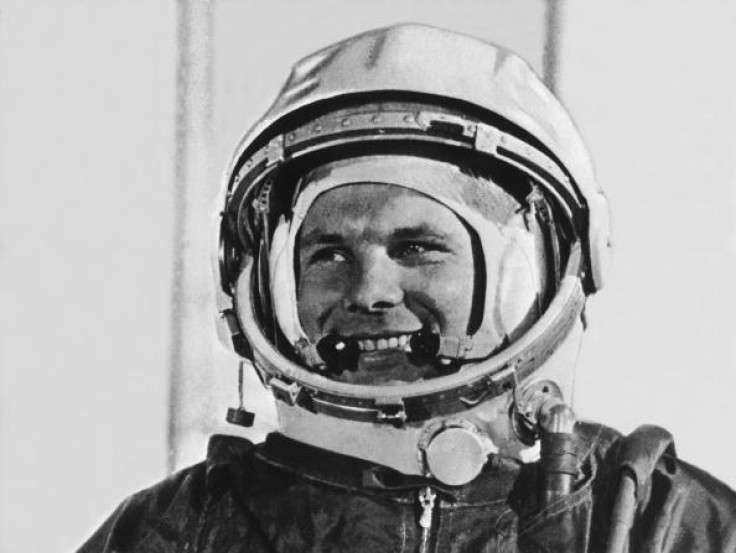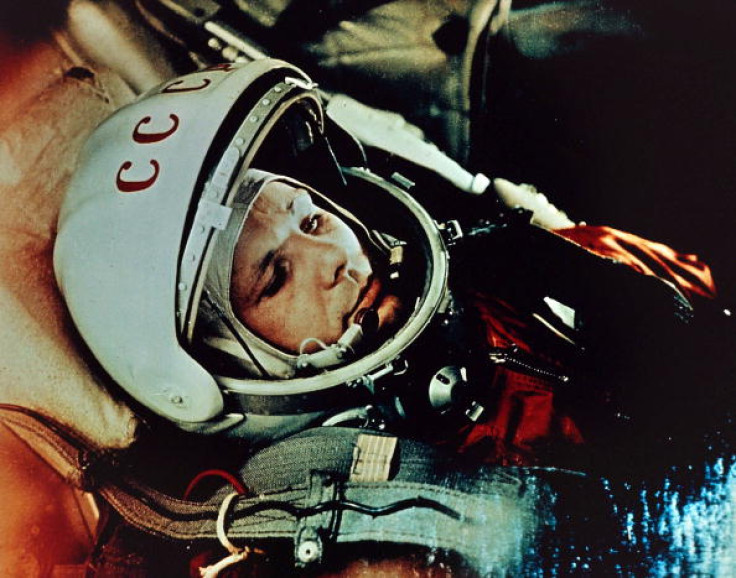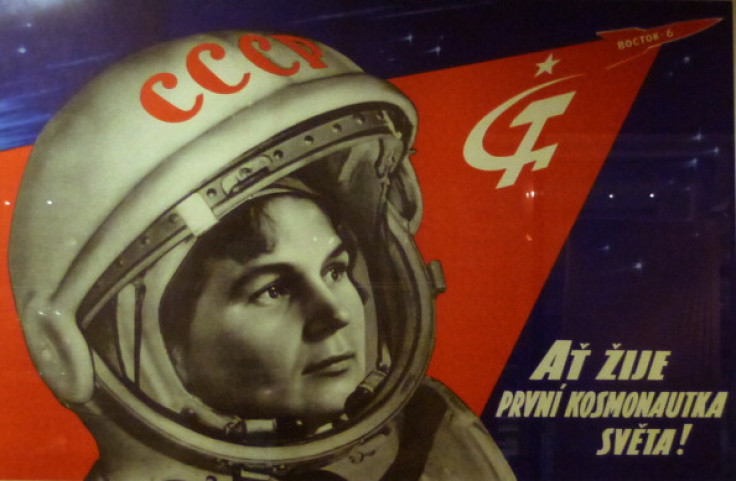International Day of Human Space Flight: Who was Yuri Gagarin, the first man in space?

Exactly 55 years ago, on 12 April 1961, mankind pushed back the frontiers of science, when for the first time, a cosmonaut flew into space. Yuri Gagarin, a young Soviet pilot, travelled for 108 minutes around Earth, before successfully returning home.
Gagarin was born in 1934 in a village called Klushino near the small town of Gzhatsk to the west of Moscow. His family worked in one of the multiple communist "kolkhoz", or collective farms, which were implemented by the USSR to organise agricultural production.
He decided he would become a fighter pilot when, as a teenager, he saw a military plane make a forced landing in a field close to his home. After studying physics and mathematics, and joining a flying club, his dream became reality. In 1955, Gagarin took his first solo flight. It was a few years before his attentions turned to space.
Cold War and Space Race
At the height of the Cold War, space became a source of tension between the Soviets and the Americans. Gagarin didn't know it yet, but he would soon come to represent one of USSR's most important victories.
Both the Americans and the Russians wanted to become the first to conquer space. Both sides knew that sending the first man to fly around the Earth would be considered a major achievement.

In 1957, the Soviet Union secured an important first victory by sending the first man-made satellite into space, Sputnik 1. From then on, both the US and the USSR worked hard to win the next race, to send a man into space.
Yuri Gagarin, working as a fighter pilot, was impressed by the USSR's successes in space. He became fascinated by the possibility of flying there and decided to apply, to take part in the Vostok programme. This rigorous physical and psychological training aimed to prepare the first Soviet men and women who would be sent into low Earth orbit.
Gagarin's endurance, his pilot skills, his scientific education and his short stature (5ft2in) due to limited space in the cockpit, led him to being selected by space programme director Sergei Korolev, from 200 cosmonaut trainees, to become first cosmonaut to try the journey.
On 12 April 1961, aboard the Vosotok 1 spacecraft, Gagarin thus became the first man to ever take a look at the view of Earth from space, as he orbited around the "blue planet" at a maximum speed of 18,000 miles an hour. He became an instant worldwide celebrity.

Gagarin's legacy
Just three weeks after Gagarin's historic flight, the Americans caught up and sent their own cosmonaut into space. Alan Shepard flew around Earth on 5 May 1961, for 15 minutes. Two years later, the first woman in space was again a Russian. Valentina Tereshkova piloted spacecraft Vostok 6 in June 1963.

Yuri Gagarin has inspired generations of cosmonauts and astronauts all over the world. He died at the age of 34 in a military training flight, on 27 March 1968. Yet thanks to his achievement, he has forever found a place in history books.
The 12 of April was officially made International Day of Human Space Flight in 2011 to mark the 50th anniversary of Gagarin's pioneer journey, which paved the way for all subsequent space exploration.
© Copyright IBTimes 2024. All rights reserved.






